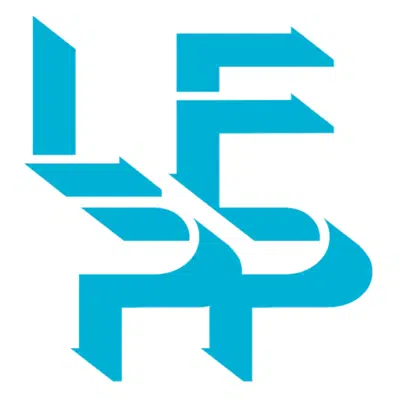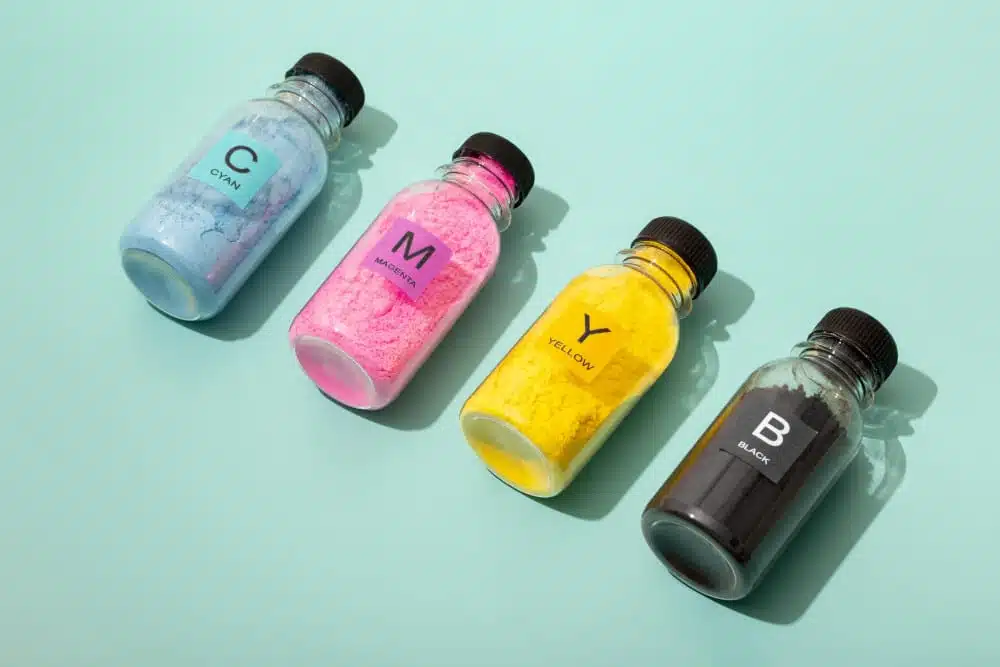Printalk
5 Myths and Facts About Third-Party Inks
Estimated reading time: 6 minutes
OEM vs Third-Party Inks
This debate has raged on for so many years and we all hear so many conflicting views. The intent of this article is to set the record straight on the common myths and the truths about third-party inks so consumers can make an informed purchase decision.
As every print company knows, consumables account for a large portion of the production cost and it is very tempting to save up on ink. If you can save a few euros per purchase, just think of the difference over a year! Yet, many consumers are still skeptical about the quality and reliability of such alternative products. But it is now time to debunk some persistent misconceptions.
Debunking the Myths of OEM Inks
Myth #1: Compatible Inks Provide Poor Print Quality
One of the common misconceptions of third-party inks is print quality. When you look at the price difference between third-party and branded ink, it’s hard to imagine something just a fraction of the price would be just as good as OEM ink.
Note that I am not claiming that all aftermarket inks are of equal quality. It’s definitely not the case if you consider some cheap inks from Asia. But the most reputable brands such as Sun Chemical, Nazdar, Triangle INX, Marabu and – among others – designs third-party inks that are formulated based on market needs specifically for a variety of print heads, applications and customer requirements. As an example, Sun Chemical inks are formulated and manufactured in Europe and adhere to environmental, health and safety standards, and often exceed quality expectations.
And let’s talk frankly, very few printer vendors actually make their own inks. These OEM inks are often manufactured by other ink companies, making the only difference between OEM and third-party inks the label.
Myth #2: The Use of Third-Party Inks is Unsafe for Your Printer
Print companies are aware of how critical it is to select the right products to work with. Choosing the wrong ink can not only jeopardize your final printed output, but also potentially cause damage to your printer. It is certainly true to some extent.
Be careful not to fall into the trap of excessively cheap prices from some dubious suppliers from Asia. These inks are often manufactured using low-grade pigments, UBV stabilizers and an inadequate filtering process that will result in damaged print heads and reduced printer lifespan.
However, it has always been in the manufacturers self-interest to discourage the use of third-party inks. And most of the time, there is absolutely no risk switching to compatible inks if you do business with a partner you can trust and who has the expertise, experience, and geographic presence your business requires. As indicated earlier, we advise you to choose a renowned ink brand as they ensure top quality raw materials, perfect batch-to-batch consistency thanks to their meticulous manufacturing process and stringent quality checks.
Myth #3: Using Compatible Inks Will Void OEM Warranty and Support Contract
There are several myths associated with using third-party inks for wide and super-wide format digital printing. One of the most widespread myths is the assumption that if you use alternative ink, the printer manufacturer will not provide service or support to the printer.
Printer manufacturers like to publish warnings to scare off their customers but legally and in practice, support cannot be voided. Thanks to anti-monopoly legislation around the world, manufacturers cannot punish you for using compatible inks.
In Europe, it is the responsibility of the printer manufacturer to prove that ink caused the damage before refusing warranty repair. Downside of this, you can hardly prove otherwise. Nevertheless, many renowned ink manufacturers such as Sun Chemical and Nazdar have agreements with the OEMs in given regions and got you covered by warranty for all ink circuit-related issues.
In the US, it is even easier. It is illegal for a manufacturer to void a warranty with anti-competitive practices. The Magnuson-Moss Warranty Improvement Act (P.L. 93-637) is a federal law (15 U.S.C. § 2301 et seq.) that clearly states that a warranty cannot be voided by simply using third-party consumables in a printer.
Myth #4: Compatible Inks Have Lower Production Yield than OEMs’
The truth behind this myth is a bit more nuanced. It is totally true that cheap ink manufacturers offer poor quality inks with outdated inks. However reputed third-party inks provide the equivalent production yield as OEMs’ and even unexpected consumption savings.
Nonetheless I’m not dispraising OEMs versions. It’s necessary to admit that OEM inks are usually very good all-round performers. But it is important to point out that some ink manufacturers have a more personalized approach and can help you achieve additional benefits.
Myth #5: The Conversion is Challenging
We often believe that the conversion process between OEM and alternative inks is challenging. You are probably concerned about potential down-time and the risk associated with operational challenges and dissatisfied customers. However, as mentioned in the previous paragraph, depending on which independent ink provider you are working with, changeovers to alternative inks can be very straight-forward and quite easy to accomplish.
Sun Chemical inks for Roland, Mutoh and Mimaki printers do not require any transition with new profiling nor long-lasting flushing. They are just are plug and print and intermixable with OEMs.
It is very easy process but pay attention. Most of the time, the plug and print argument only work switching from/to OEM inks. Switching from one third-party ink to another compatible can result in chemical reactions. This conversion requires more attention and deep machine cleaning. It should not be a blocking factor but contact your local reseller for a fast and smooth conversion.
Choosing the right third-party ink for your wide format printer
Converting to third-party ink, but which one? There are a number of key factors to consider before taking the high dive. As you move forward with your decision process, ask yourself the following questions:
- Beside price, what other benefits can I expect?
Switching inks is mainly a question of price on the smaller wide format printers. But on the bigger machines it can also be a question of performance (ink consumption, fastest drying times, etc.).
- How reliable is the ink manufacturer? How long has he been on the market?
It is important to have a decent knowledge of the manufacturer, its reputation and its product offering. This will ensure that ink manufacturing follows a proven process and offer a very reliable product for the best results.
- What services and technical support are available?
After all, your business and your customers’ business are at stake and ensuring you have a solid partner is vital.
- Is the ink fully compatible?
Ask your ink supplier if compatible ink has been tested on your print head model and for your applications type. If not, go your way.
- Does the ink offer the same level of output quality?
Search for Greenguard Gold certified premium inks. They meet rigorous chemical emissions standards and are acceptable for use in sensitive indoor environments such as schools and healthcare facilities. In addition, they often offer a wide color gamut, rugged scratch resistance, broad support for uncoated and coated media, and three years of outdoor durability.
- How easy will it be for me to switch from one ink to another?
Some ink manufacturers offer a wide range of plug and print cartridges solutions that don’t require any flushing or chip programming but sometimes – depending of the machine and ink feed – it may require longer conversion process and some fine-tuning for color profiles.
In a nutshell I will end by remembering that lower price doesn’t necessarily mean inferior quality. However, third-party inks aren’t always the answer. Partner with ink manufactures with a long-lasting experience and expertise. You still have questions? Contact us if you need any assistance assessing your conversion project.


